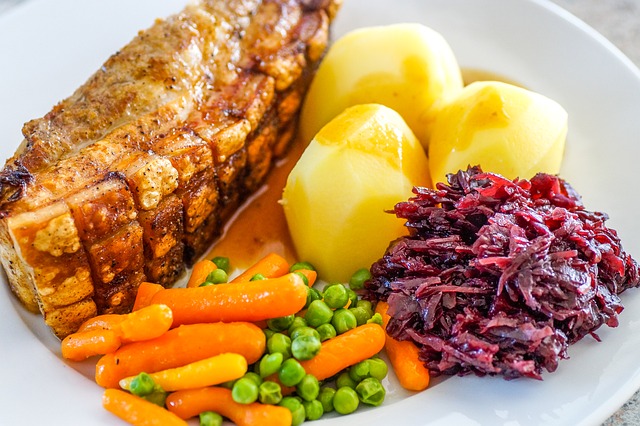Introduction
Meatballs are a popular dish enjoyed in various cuisines around the world. They are typically made from ground meat mixed with various ingredients such as breadcrumbs, herbs, and spices. One common question that often arises is, “How much protein is in a meatball?” In this article, we will delve into the protein content of meatballs and explore how it can vary depending on the ingredients used.
Protein Content in Meatballs
The protein content in a meatball can vary depending on the type of meat used and the additional ingredients added to the mixture. Generally, meatballs are made using ground beef, pork, veal, or a combination of these meats. Each type of meat has a different protein content per serving.
For example, a typical serving of ground beef contains approximately 7 grams of protein per ounce. Therefore, if a meatball is made solely from ground beef and weighs around 2 ounces, it would contain approximately 14 grams of protein. However, it is important to note that the size and specific recipe of the meatball can affect the protein content.
Additional Ingredients
In addition to the type of meat used, the protein content of a meatball can be influenced by other ingredients added to the mixture. For instance, breadcrumbs, which are commonly used as a binder, may contain a small amount of protein. However, the protein content from breadcrumbs is usually minimal compared to the protein derived from the meat itself.
Furthermore, if the meatball recipe includes ingredients such as eggs or cheese, these can contribute to the overall protein content. Eggs are an excellent source of protein, with approximately 6 grams of protein per large egg. Similarly, cheese contains varying amounts of protein depending on the type, with mozzarella cheese containing around 6 grams of protein per ounce.
Protein Variations in Different Meatball Recipes
The protein content in meatballs can vary significantly depending on the specific recipe used. Some recipes may incorporate additional protein-rich ingredients such as beans, lentils, or quinoa, which can significantly increase the overall protein content.
For example, a meatball recipe that includes both ground beef and cooked quinoa can provide a higher protein content compared to a traditional meatball recipe. Quinoa is a complete protein source, meaning it contains all nine essential amino acids required by the body. This makes it an excellent addition for individuals looking to increase their protein intake.
Conclusion
The protein content in a meatball can vary depending on several factors, including the type of meat used, additional ingredients, and the specific recipe followed. Generally, meatballs made from ground beef or a combination of meats will provide a significant amount of protein per serving. However, the protein content can be further enhanced by incorporating protein-rich ingredients such as eggs, cheese, beans, lentils, or quinoa.
When considering the protein content of meatballs, it is essential to take into account portion sizes and the overall dietary context. Meatballs can be a delicious and protein-rich addition to a balanced diet, but it is always advisable to consult a nutritionist or healthcare professional for personalized dietary advice.
References
– USDA FoodData Central: fdc.nal.usda.gov
– American Heart Association: heart.org
– Nutritionix: nutritionix.com













